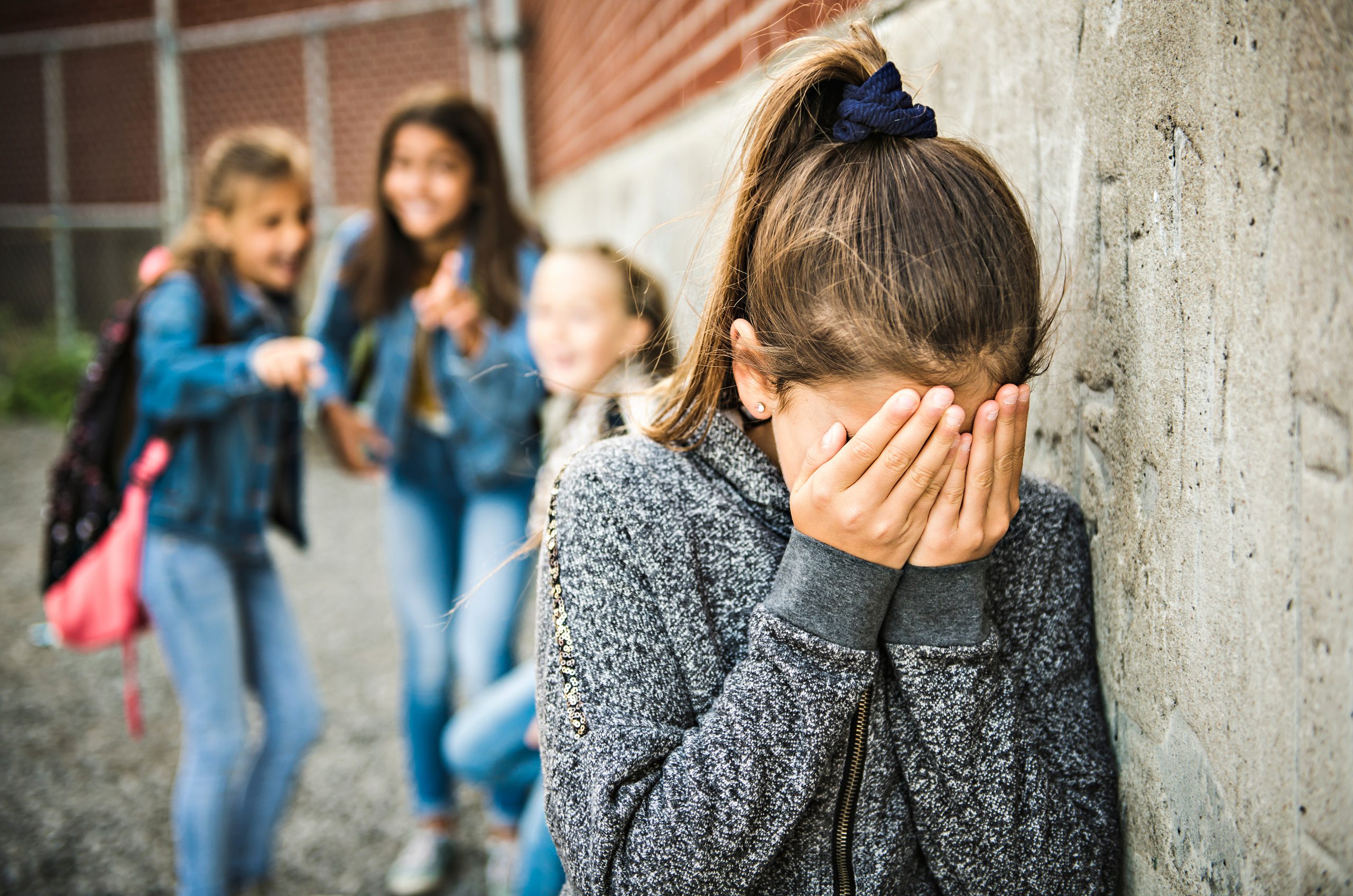
Article by
Bullying is a common, co-occurring and potentially damaging form of violence among children. Not only does bullying harm both its projected victims and the committers, it also may affect the climate of schools and, indirectly, the ability of all students to learn to the best of their abilities. Moreover, the link between bullying and criminal behavior cannot/should not be ignored. Bullying is when a person or a group repeatedly and intentionally uses or abuses their power to intimidate, hurt, oppress or damage someone else (Fiona Baker) Olweus (1993) states. According to the National Center of Health Against Bullying there are different types of bullying: Peer Bullying, Psychological Bullying, Physical Bullying, and Cyber Bullying.
Peers provide the interactive/interpersonal context for bullying. Bullying often occurs within groups of peers and peers can play multiple roles and it occurs when a person or an individual is singled out and tormented by peers who are more powerful than they are. They are typically older, more aggressive and physically large. The phenomenon of bullying deserves special attention by educators, parents, and children concerned with violence prevention for two significant reasons. The occurrence of bullying and the harm that it causes are seriously undervalued by most of the population. It is dire that any violence prevention strategy works to raise the awareness of children, school staff, and parents regarding the link between bullying and other violent behaviors. It involves provocation by powerful children against children with less power. Studies of bullying suggest that there are short- and long-term consequences for both the perpetrators and victims of bullying. Children who are victims of bullying experience more physical and psychological problems than their peers who are not harassed by other children. Longitudinal studies have found that victims of bullying in early grades also reported being bullied several years later because unconsciously they learn to be submissive and victim. Studies also suggest that chronically victimized children may as adults be at high risk for depression, poor self-esteem, and other mental health problems, including schizophrenia.
The psychosocial consequences of being bullied. A common method of examining mental health issues separates internalizing and externalizing problems (Sigurdson et al., 2015). Internalizing symptoms include problems directed within the individual, such as depression, anxiety, fear, and withdrawal from social contacts. Externalizing symptoms reflect behavior that is typically directed outwards toward others, such as anger, aggression, and conduct problems, including a tendency to engage in risky and impulsive behavior, as well as criminal behavior.
Preventive Measures to be taken if you're being bullied or know someone who is.
What If you are the Bully?
Some people bully to deal with their own feelings of stress, anger, or frustration. Bullies might also have been bullied and now want to show their power by bullying someone else.
Try talking to someone you trust and let out your anger or frustration that is leading you towards the inappropriate behavior.Try think and have an insight of how the person being bullied feels. Imagine how you would feel if you were the target.
Bullying results from a complex interaction between individuals and their broader social environment, including their families, their peers, their school, and community. The person who is being bullied may find it hard to defend themselves and may feel increasingly powerless against the person bullying them. Children who are bullied may see themselves as being less worthy than others. They may feel like other people are better than they are. They may believe they do not deserve to enjoy the same happiness and success as other children. Help your child be a positive role model. Creating safe and caring places for youth and children involves a comprehensive effort on part of everyone. There are three parties to bullying: the victim, the perpetrator, and the bystander. Even if children are not victims of bullying, they can prevent bullying by being comprehensive, humble and compassionate to their peers. If they witness bullying, they can stick up for the victim, offer support, and/or question bullying behaviors.
 Monthly "Azeem English Magazine", launched in 2000, records the information about diverse fields like mental health, literature, research, science, and art. The magazine's objective is to impart social, cultural, and literary values to society.
Monthly "Azeem English Magazine", launched in 2000, records the information about diverse fields like mental health, literature, research, science, and art. The magazine's objective is to impart social, cultural, and literary values to society.
+92 51 88 93 092
First Floor, RAS Arcade, Eidhi Market, Street#124, G-13/4, Islamabad, Pakistan, 44000.